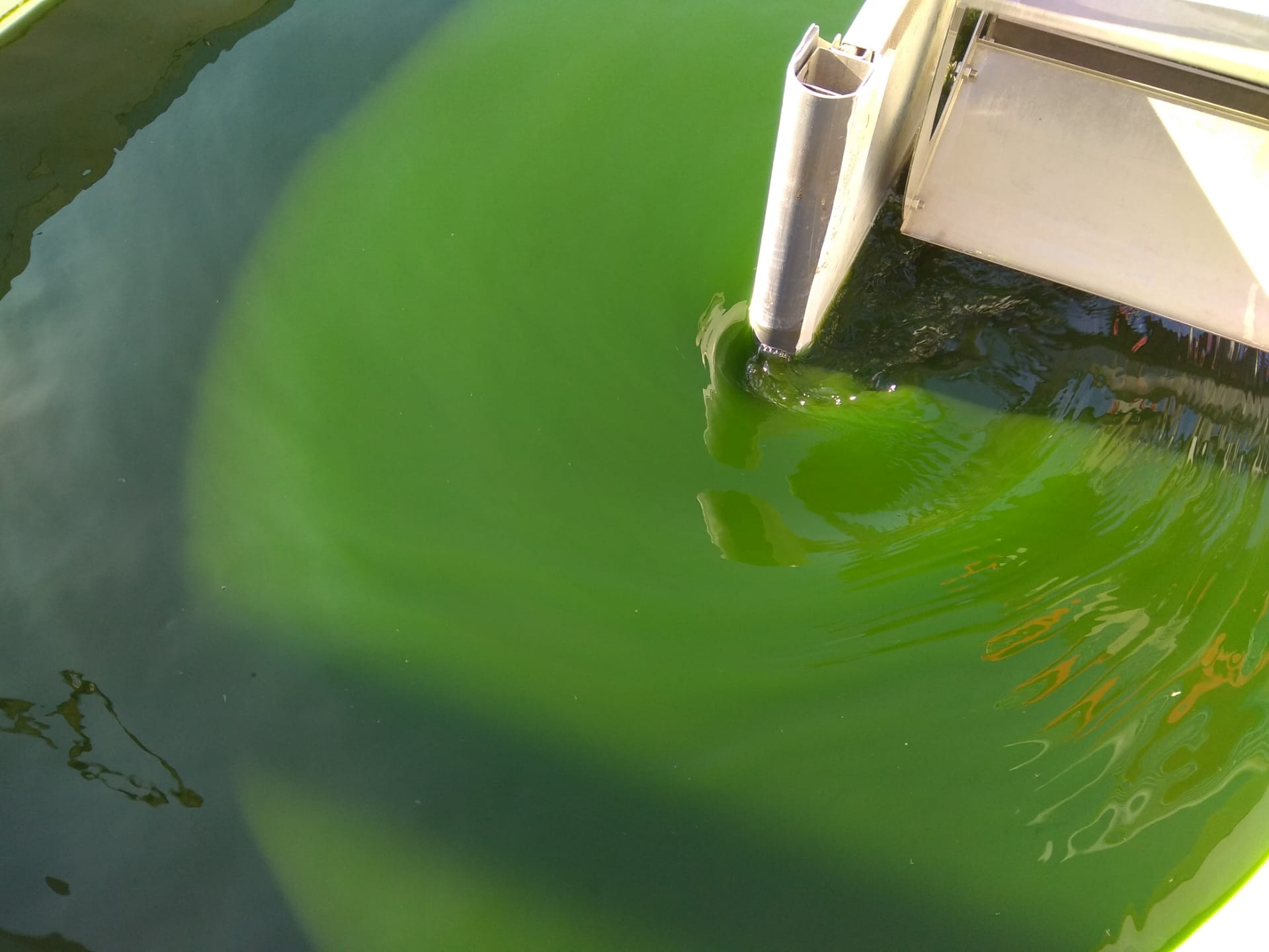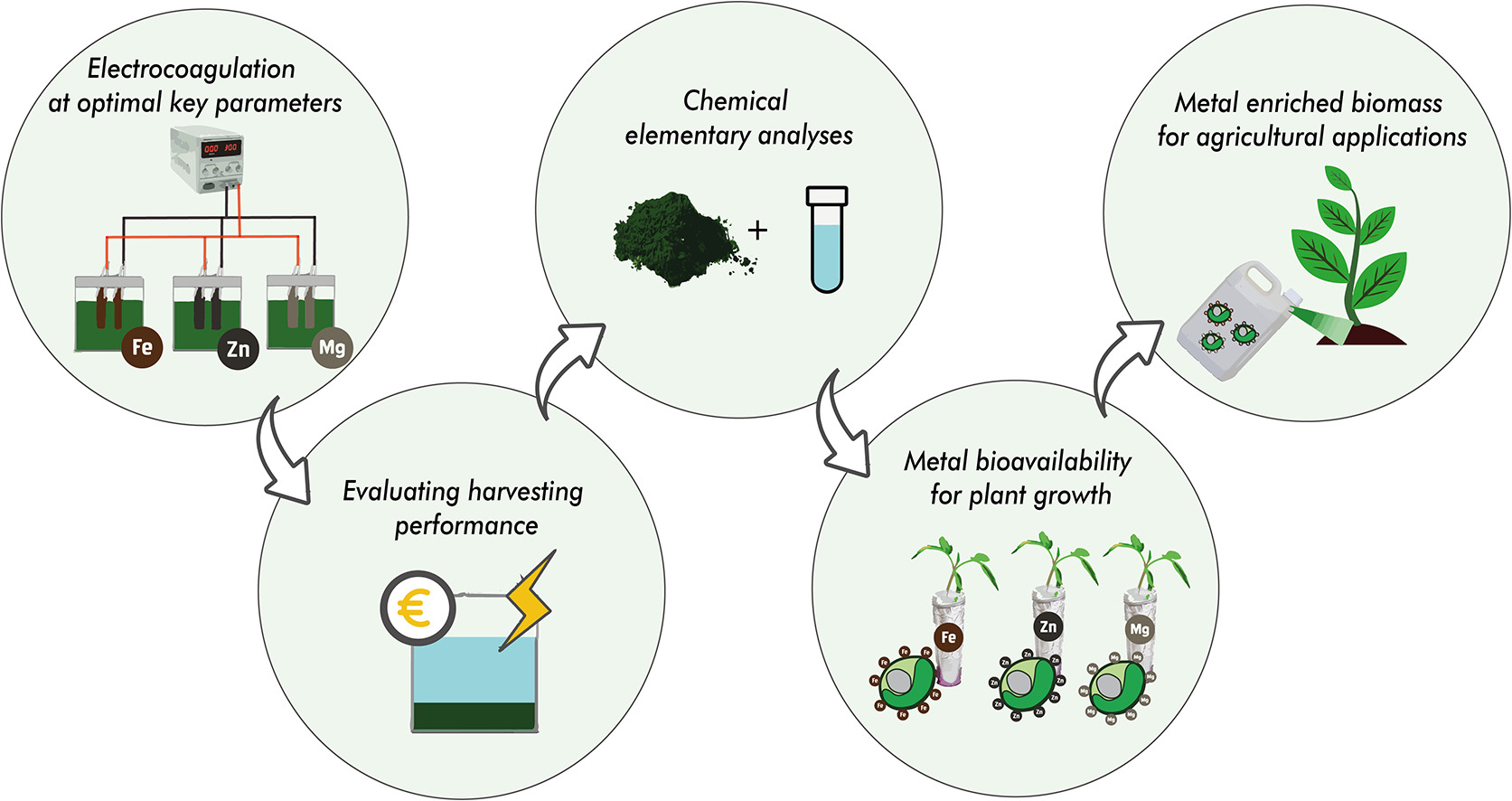
Are you wondering about the role of Microalgae in circularity and their contribute towards sustainable resource utilization?
In this newly published scientific paper, our Performalgae researchers explore these topics. In particular, they investigated the use of Tetradesmus obliquus in piggery wastewater treatment while also utilizing their biomass bioactive potential for agriculture applications. The results provide information about the impacts of high-pressure homogenization (HPH) on cell disruption and the subsequent release of bioactive substances, as well as their effects on plant germination and growth. These discoveries open the door for creative and environmentally friendly methods of wastewater treatment while also utilizing microalgae’s advantages in a variety of ways.
Keywords: Microalgae, swine wastewater, flow cytometry, biofertilizer, biostimulant
Check the link for further reading: https://doi.org/10.3390/molecules27072275



